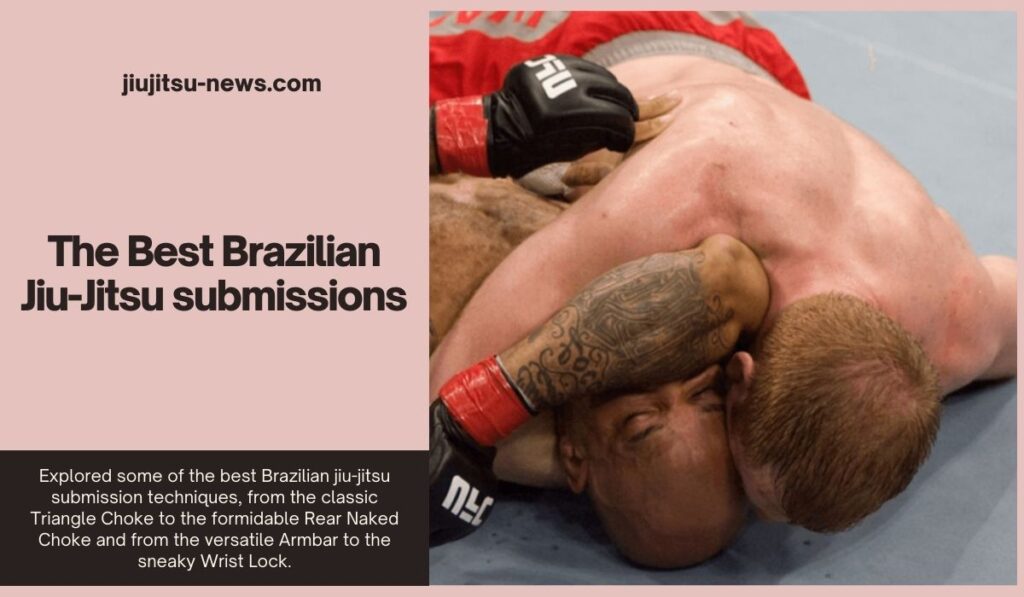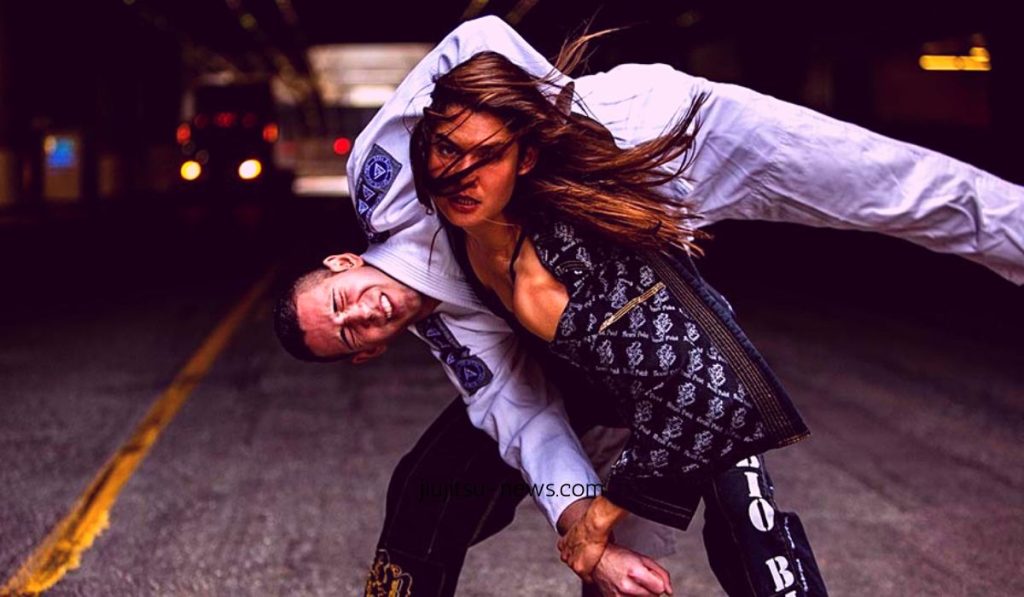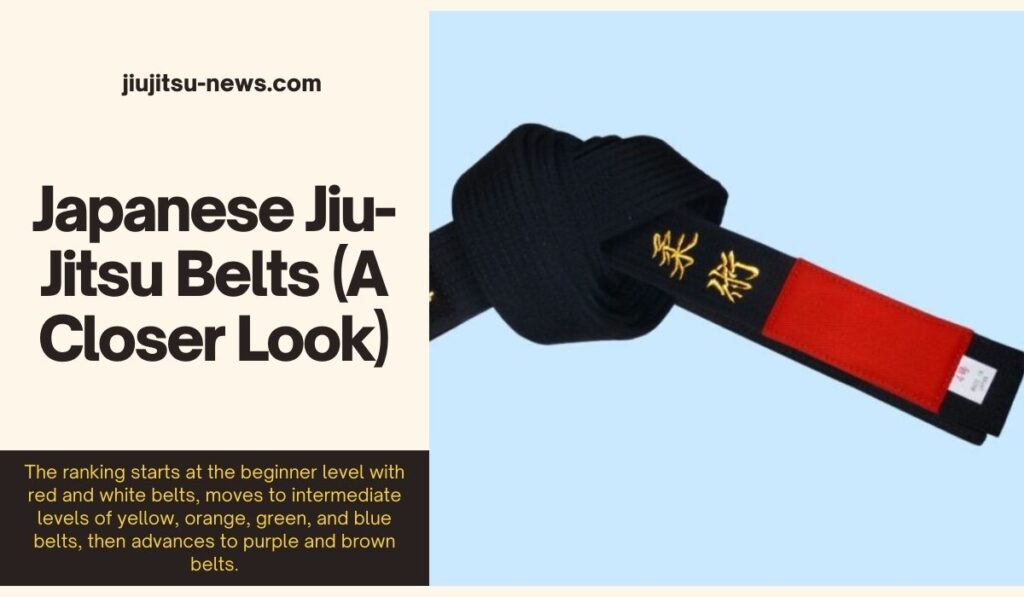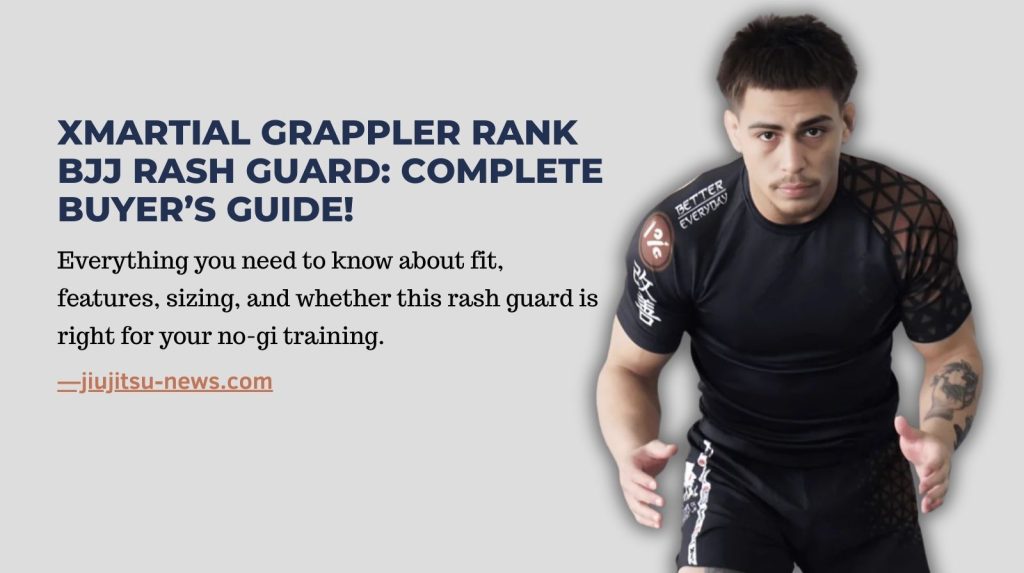The half guard is fundamental in Brazilian jiu-jitsu, with various submissions, sweeps, and transitions.
To develop a robust half-guard game, learn the fundamentals of this position and some submissions and transitions.
This guide contains brutal bottom and top-half-guard techniques for beginners and advanced practitioners. Stay tuned!
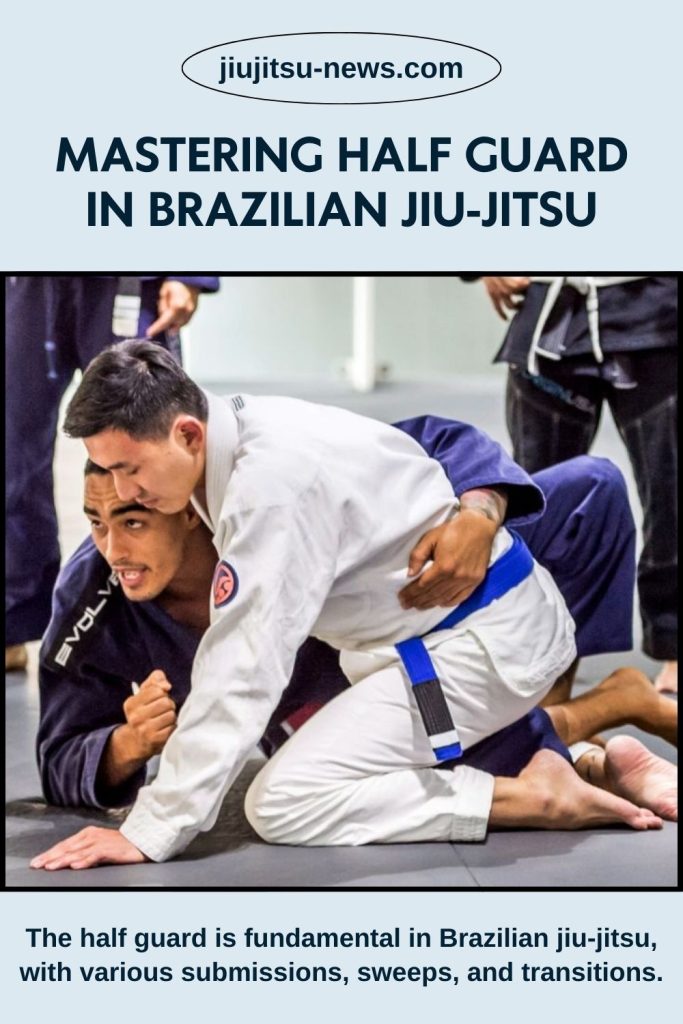
Half Guard BJJ Fundamentals
The half guard in Brazilian Jiu-Jitsu is one of the most fundamental guard positions.
It involves the bottom player placing one leg between the top player’s legs while the other leg acts as a knee shield near the opponent’s chest.
Additionally, the bottom fighter uses their legs and hands to control their adversary or transition to other positions, such as the deep half-guard, half-butterfly guard, Z guard, X guard, back take, or full guard retention.
One of the remarkable things about the half-guard in BJJ is that many athletes specialize in it and use it as the basis of their bottom game. Some BJJ athletes, like Rodolfo Vieira, specialize in the top half guard.
BJJ Half Guard Key Elements
The key to an effective half-guard game in BJJ is complete control over your opponent’s head and shoulders.
If you’re on the bottom, keep your head and shoulders free to move and shift from one shoulder to the other to make it harder for your opponent to reach them.
If you’re on top, control your opponent’s head and shoulders to pass their guard.
Speed
The half-guard jiu-jitsu position strongly limits the amount of motion and movement because there are many connection points between the two athletes.
So, the speed and body connection are attached; as a general rule, the lower the speed, the more contact between athletes.
To build a tough BJJ half-guard starting from the bottom position, you need to manage several elements, including the distance between you and your opponent, the opponent’s body frames, and your freedom to switch to attacks or other transitions.
Hand Control
At the bottom half guard, your first purpose is controlling the opponent’s hands.
Therefore, you will prevent your opponent from establishing the cross face that will allow him to hold your head and shoulders and put you in a miserable position.
Otherwise, with strict control of the opponent’s hand, you will have multiple opportunities to manage distance, frame your opponent, or size some good attacks, such as the Kimura lock.
Knee Shield
The knee shield could help you manage distance when playing the bottom half guard. You can use it to push your opponent to create more space to protect your guard or when you want to make a transition.
On the other hand, if you cannot use the knee shield properly, you will encounter several problems protecting your half-guard.
The Underhook
The underhook could be an excellent solution to control your opponent from the bottom half guard.
Otherwise, it helps you get a sweep or regain control and offers more excellent benefits.
The underhook will tremendously change your jiu-jitsu half-guard game.
Conclusion
The half guard is a position in Brazilian jiu-jitsu that can slow down the match and eliminate dynamic and quick movements.
However, it is a paradoxical position because it can be the best position to pass your opponent’s guard or to sweep your opponent.
If the top BJJ player manages to control the head and shoulders of the bottom player, he can execute the guard passing.
On the other hand, if the bottom player is denied control of the head and shoulders, then the half-guard will be the best sweeping position.
To become proficient in half-guard BJJ, remember the above points and constantly practice them in sparring. Doing so can build a solid half-guard in the top and bottom games.

